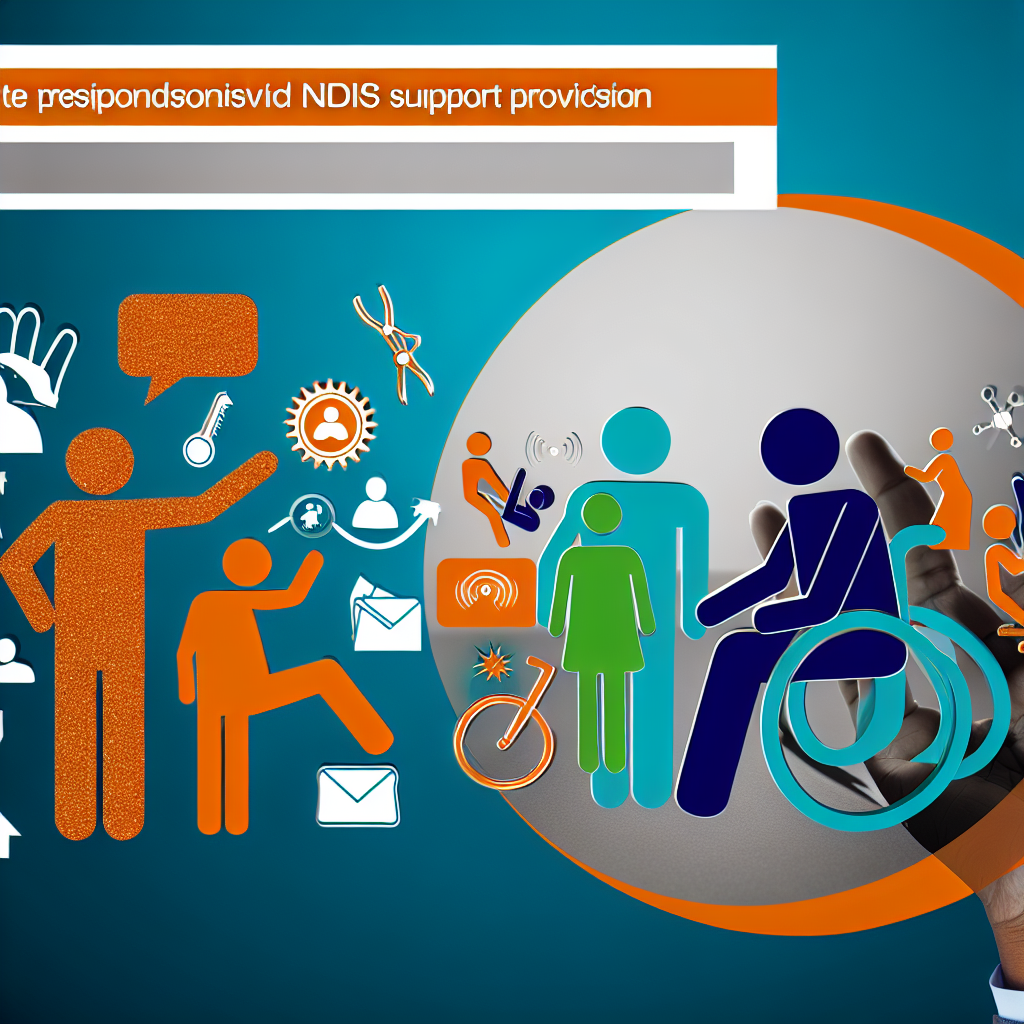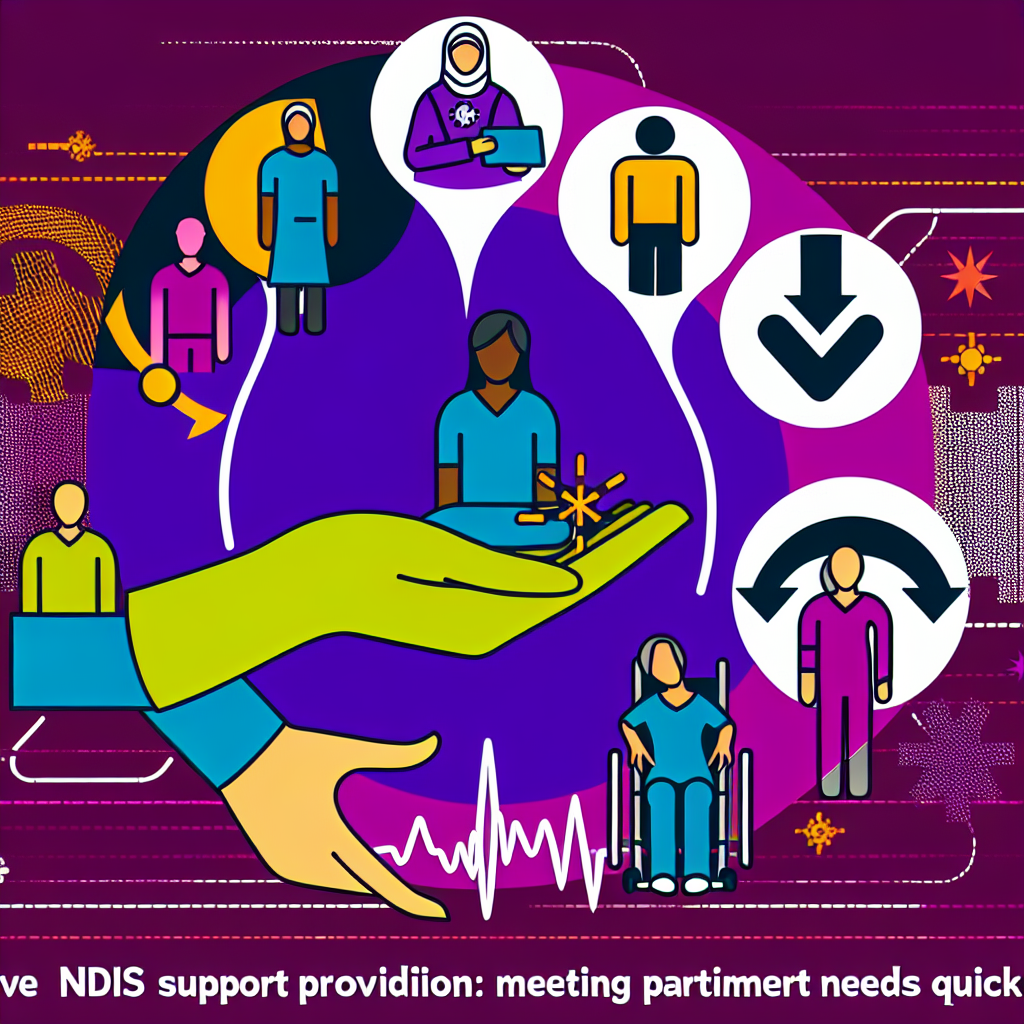In recent years, the National Disability Insurance Scheme (NDIS) has been a pivotal support system for Australians with disabilities. The release of the latest NDIS Quarterly Report provides crucial insights into the current state and future prospects of this essential program. This report offers a detailed look into the operational highlights, participant demographics, financial sustainability, and more. For stakeholders, caregivers, and participants, understanding these dynamics is key. Let’s delve into the significant revelations of the latest NDIS quarterly report.
Understanding the NDIS Quarterly Report
The NDIS Quarterly Report is a comprehensive document released by the National Disability Insurance Agency (NDIA), detailing the developments, challenges, and progress within the NDIS framework. It serves as a vital tool for ensuring transparency and accountability, guiding policymakers, participants, and the public in understanding how the scheme is evolving to meet the needs of individuals with disabilities.
Key Metrics Addressed in the Report
The report covers several crucial metrics including participant numbers, plan approvals, fund management, and feedback from participants. Each metric serves to illuminate different aspects of the NDIS and its operations, shaping our understanding of the scheme’s effectiveness and areas requiring improvement.
Participant Numbers and Demographics
One of the critical elements of the latest NDIS quarterly report is the analysis of participant numbers and demographics. As of the latest report, the participant count has surged, reflecting the scheme’s increasing reach and acceptance.
Rising Participant Numbers
According to the report, the NDIS now supports over 500,000 participants nationwide. This rise underscores the growing recognition of the scheme’s benefits, but it also poses challenges in terms of scaling and resource allocation.
Demographic Distribution
The report provides an in-depth look at the diversity of the participant base, highlighting factors such as age, gender, and type of disability. For example, there is an evident increase in the number of participants under the age of 14, indicating an intensifying demand for child-specific disability support services. Additionally, regional disparities in participant distribution highlight the need for tailored strategies to address local needs effectively.
Financial Performance and Sustainability
Financial sustainability remains a core focus of the NDIS quarterly report. The government and NDIA are under pressure to ensure that the scheme remains financially viable while delivering on its promises.
Budget Allocation and Spending
- The report outlines current budget allocations and spending trends. It shows careful monitoring and adjustments in investment practices to maintain fiscal responsibility.
- Spending per participant, though high, is justified by the significant benefits conferred. However, the report also warns about the potential for future budgetary strains as participant numbers increase.
Government Initiatives for Financial Health
The government has introduced several initiatives aimed at enhancing financial oversight and efficiency. These include implementing data-driven strategies to predict spending patterns and ensure resources are directed where they are most effective.
Feedback and Satisfaction Among Participants
Participant feedback is another cornerstone of the NDIS quarterly report. Understanding participant satisfaction and areas of concern is crucial for refining services and policies.
Satisfaction Scores
The report presents mixed feedback on participant satisfaction. While many participants express satisfaction with the quality and availability of services, others indicate areas needing improvement, particularly in plan management and accessibility to service providers.
Responsive Changes and Initiatives
In response to feedback, NDIA is initiating programs aimed at increasing accessibility and improving service delivery, including expanding its workforce and training initiatives to better cater to participant needs.
Conclusion
The latest NDIS quarterly report offers a multifaceted view of the current state of the scheme. Through increased transparency and data-driven insights, the report highlights areas of success while identifying challenges that require strategic planning and action. As the NDIS continues to evolve, stakeholders, participants, and policymakers must remain vigilant and proactive, ensuring that this indispensable service continues to meet the diverse needs of Australians with disabilities effectively.
Understanding the insights from the NDIS quarterly report not only informs better decision-making but also empowers communities to advocate for improved disability services. The continued success of the scheme relies on a collaborative effort from all sectors involved in supporting the vibrant and diverse participant base of the NDIS.




